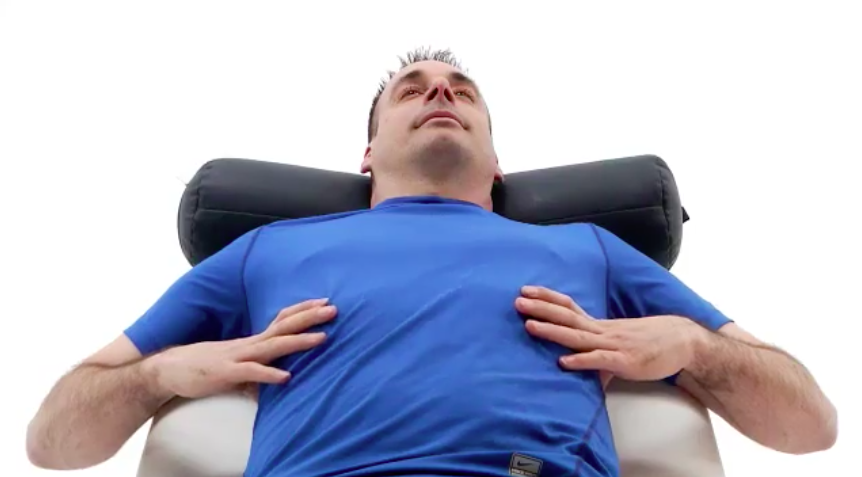How dysfunctional breathing can effect your performance and pain

Many clients wonder why physiotherapists often work on breathing as part of your recovery or rehabilitation. Improvement in the mechanics and pattern of your breath can have a major impact on your performance during activity, minimize tension around the neck and shoulders, and help with muscular stability during exercise. In fact, several studies have demonstrated that having better control and efficiency with breathing can minimize nervous system and stress responses that alter pain.
Notice what happens when you take a breath in. Is one area of your rib cage expanding more than others? Many dysfunctional breathers will have their chest rise first, shoulders elevate or muscles around the neck tense up. These people are using their accessory muscles as opposed to their diaphragm to help drive breathing. As a consequence, more energy is expended, a shallower breath is taken and over time chronic tension can build up around the neck, shoulders and chest.
Before starting any exercise, I make sure that my clients can breathe three-dimensionally. Taking from principles in clinical Pilates- this 3D breathing means more than just a belly breath. Few people have issues breathing into the belly, but expanding through the side and lower portion of the ribcage is where many struggle. One needs to be able to expand the ribcage front to back as well as side to side. The abdomen should expand slightly, lower ribcage moving out to the sides and back filling up from the bottom of the lungs first where gas exchange is more efficient. There should be minimal engagement of the muscles around the neck, and shoulders should stay relaxed.
Depending on the type of exercise you are doing, timing is also important. For example with running, I typically recommend a 2:2 pattern-inhaling for 2 steps and exhaling for 2 steps. Timing your breath with your stride can help to maximize oxygen intake, prevent getting side stitches (thought to be caused by diaphragm spasms) and improve endurance. With resistance activity or weight training, inhaling during the less strenuous part of the exercise, and exhaling during the more strenuous part of the movement can help to engage the abdominals and keep proper form during your workout. During stretching or slower moving hatha yoga classes for example, slower, deeper breaths can aid in relaxing musculature and move deeper into a pose or stretch.
Breathing takes practice! Most of us are unaware of our breathing at any one time and proper breath patterning requires conscious effort and practice before it becomes automatic. Start by lying on your back and bringing your hands around your lower ribcage, think about breathing into your hands first before your chest rises. If you have a hard time knowing whether you are overworking in your neck and chest, try holding a light resistance band around your lower ribcage with one hand (using your breath to resist against the band) and place your opposite hand on your neck and chest to monitor for unwanted activity. The band should be expanding 3- dimensionally- belly, sides of the lower ribcage and slightly into the back.
If you think your breathing mechanics could be contributing to your aches and pains, seek the advice of a physiotherapist for a thorough assessment!
Charlene Copeland, MPT, CAFCI, NKT®, Clinical Pilates

About twice a month our therapists will be posting answers to commonly asked questions. So, if you have a burning question that you want answered let us know in the comments below.
We can cover anything ranging from active rehabilitation, to injury prevention.
This week our featured therapist is Charlene Copeland. To learn more about Charlene check out our PhysioWorks team.


Leave a Reply